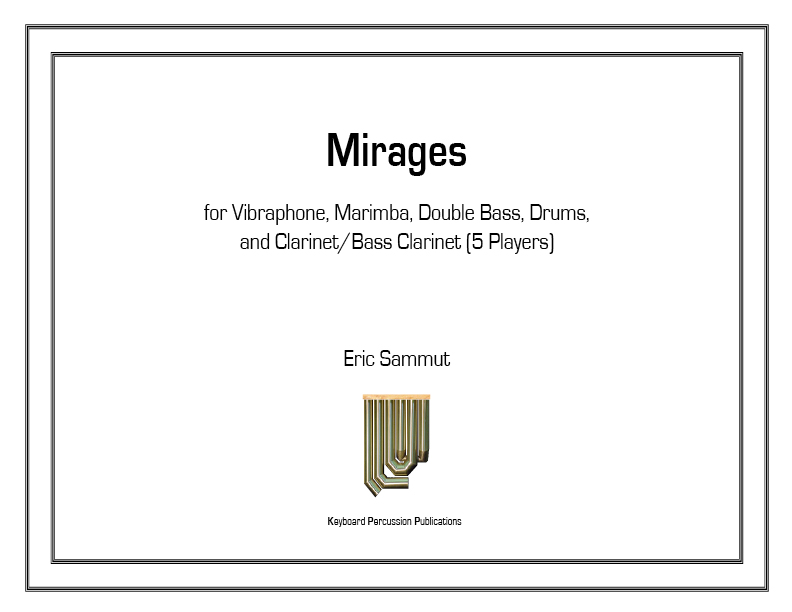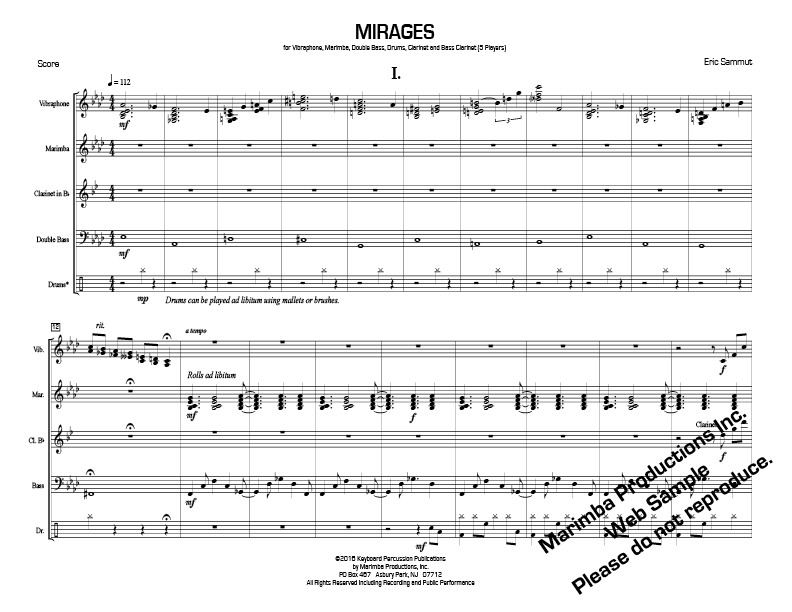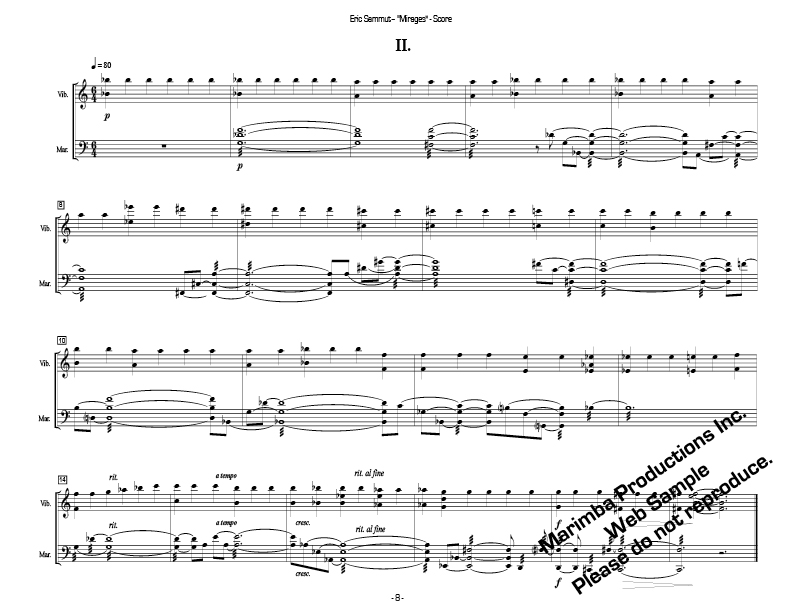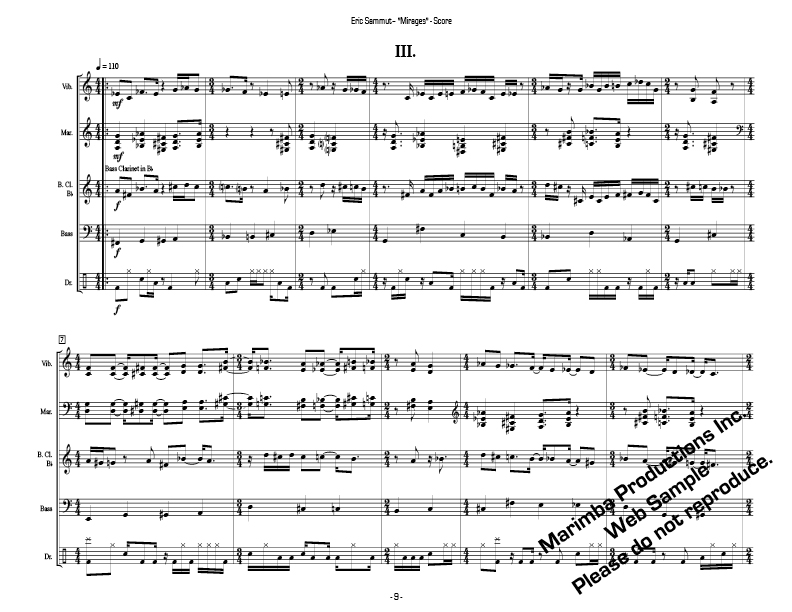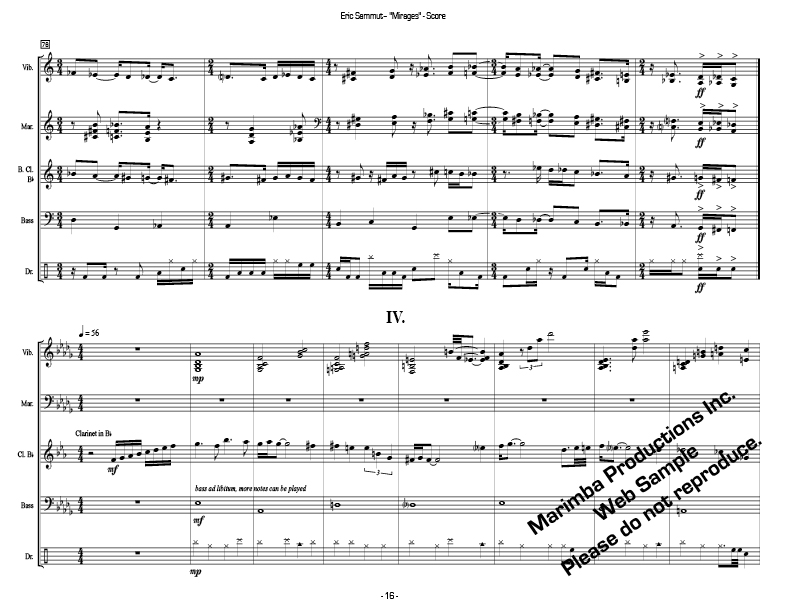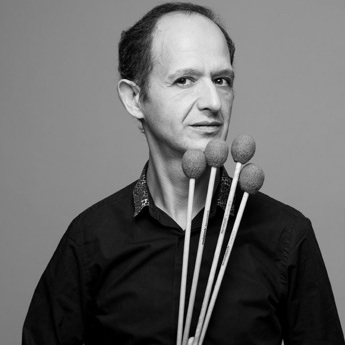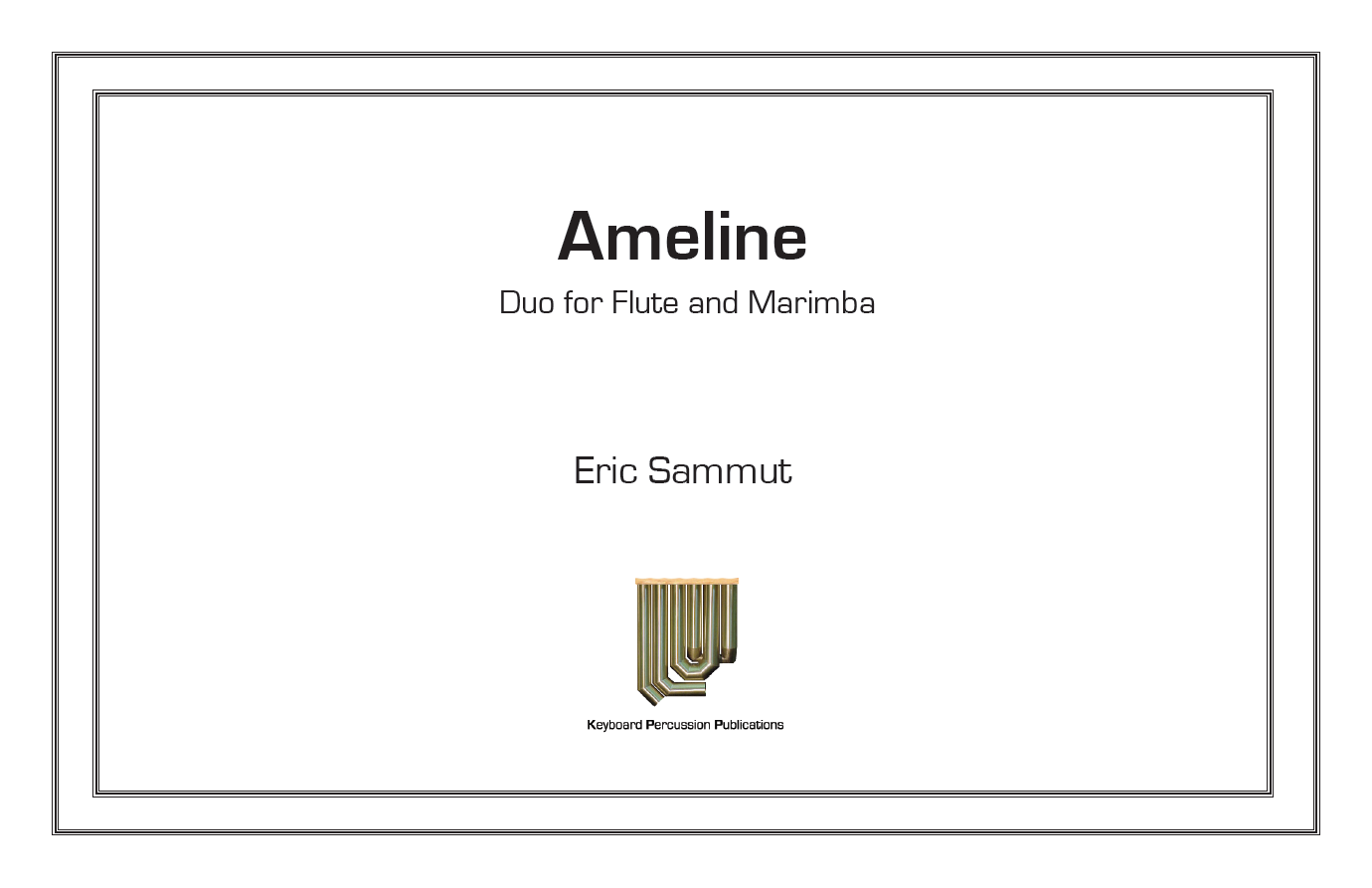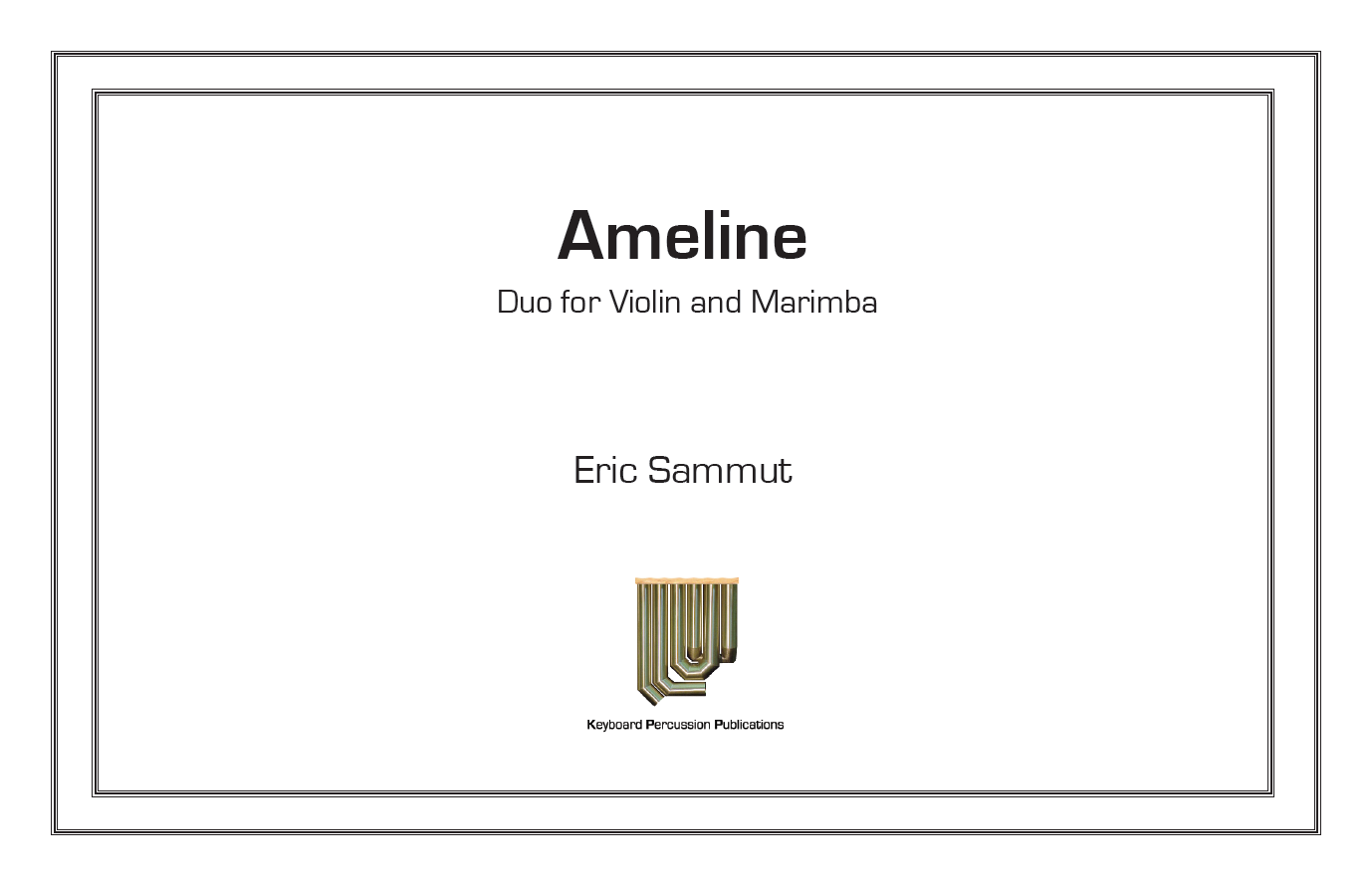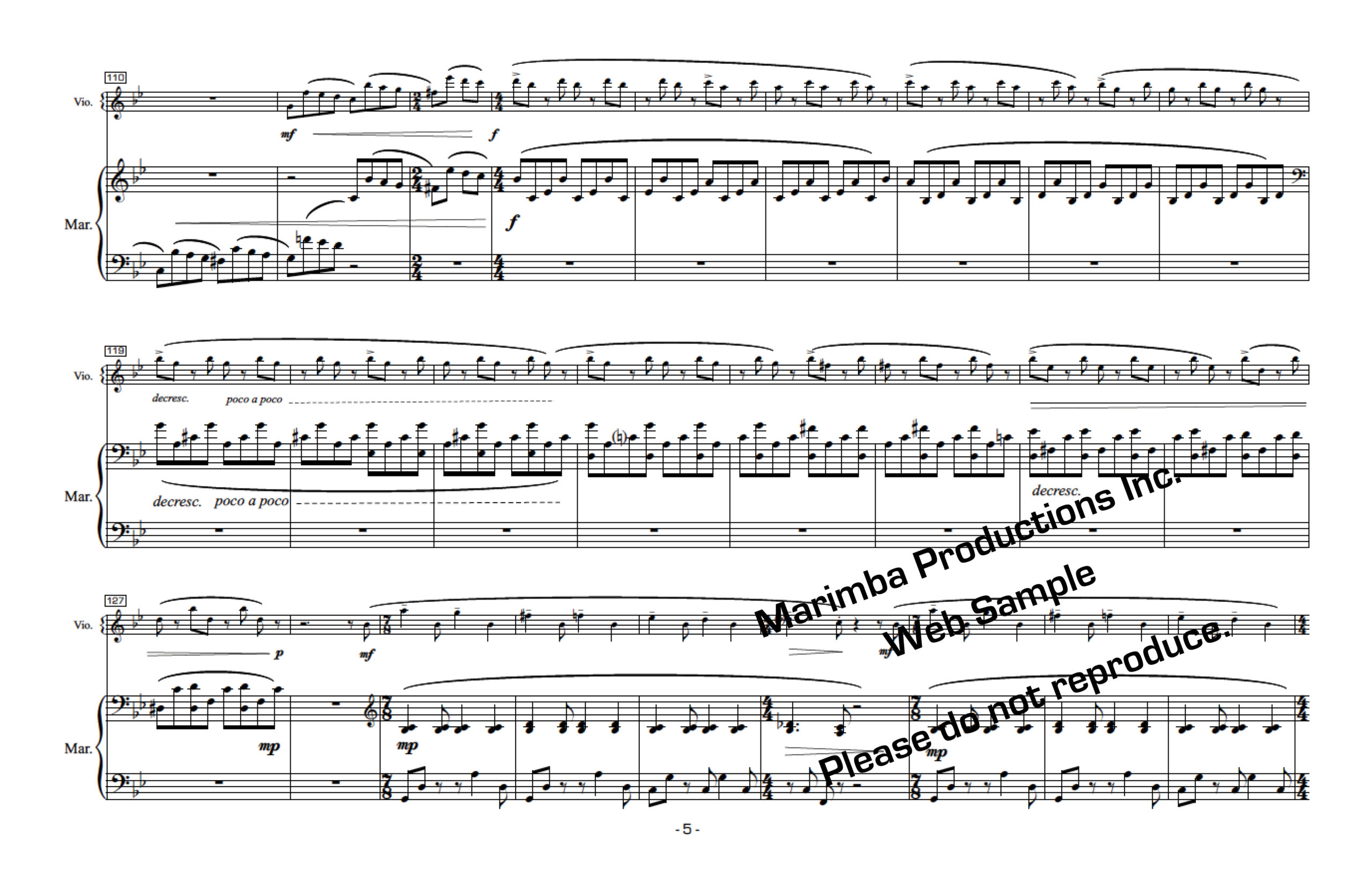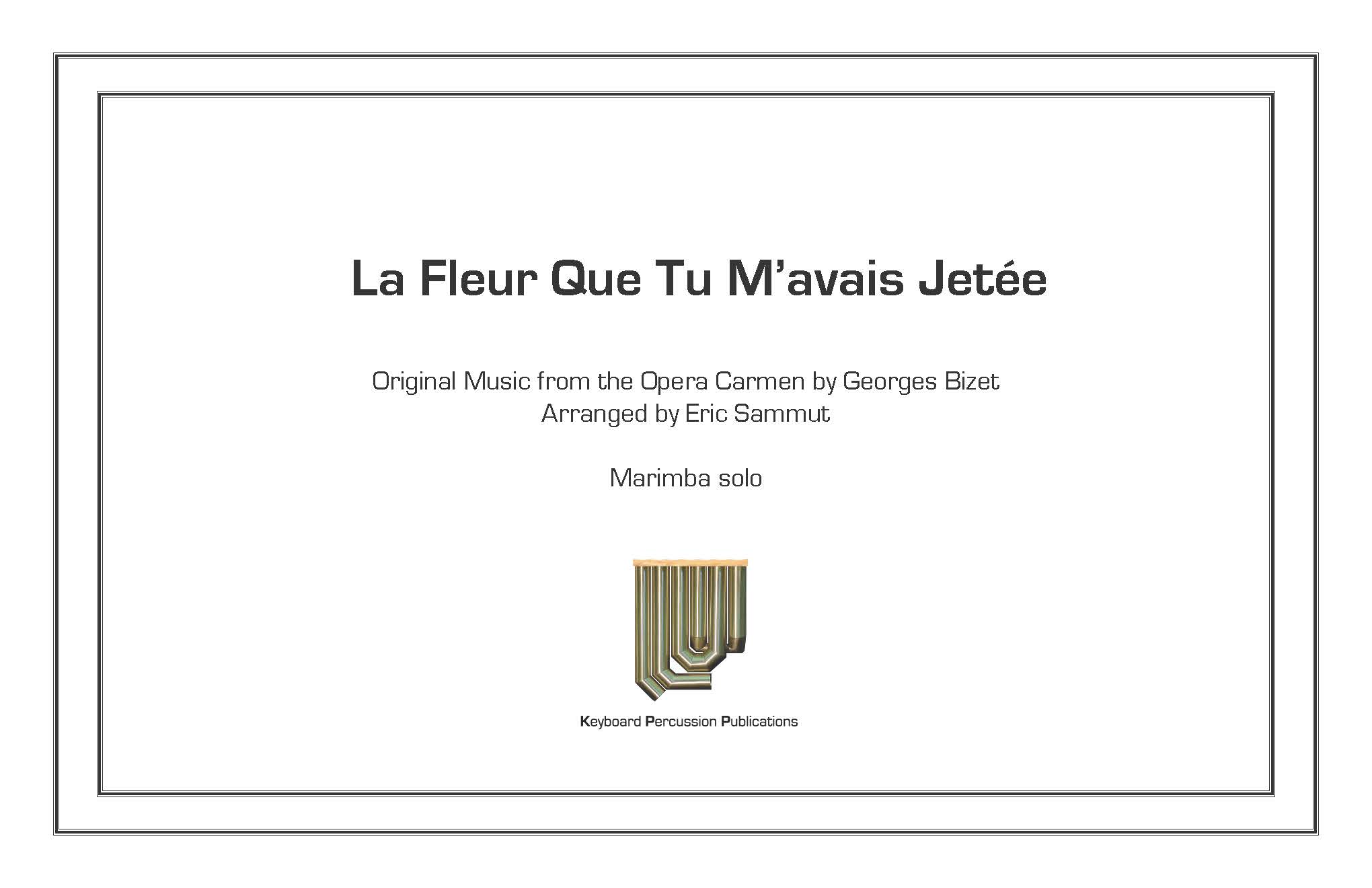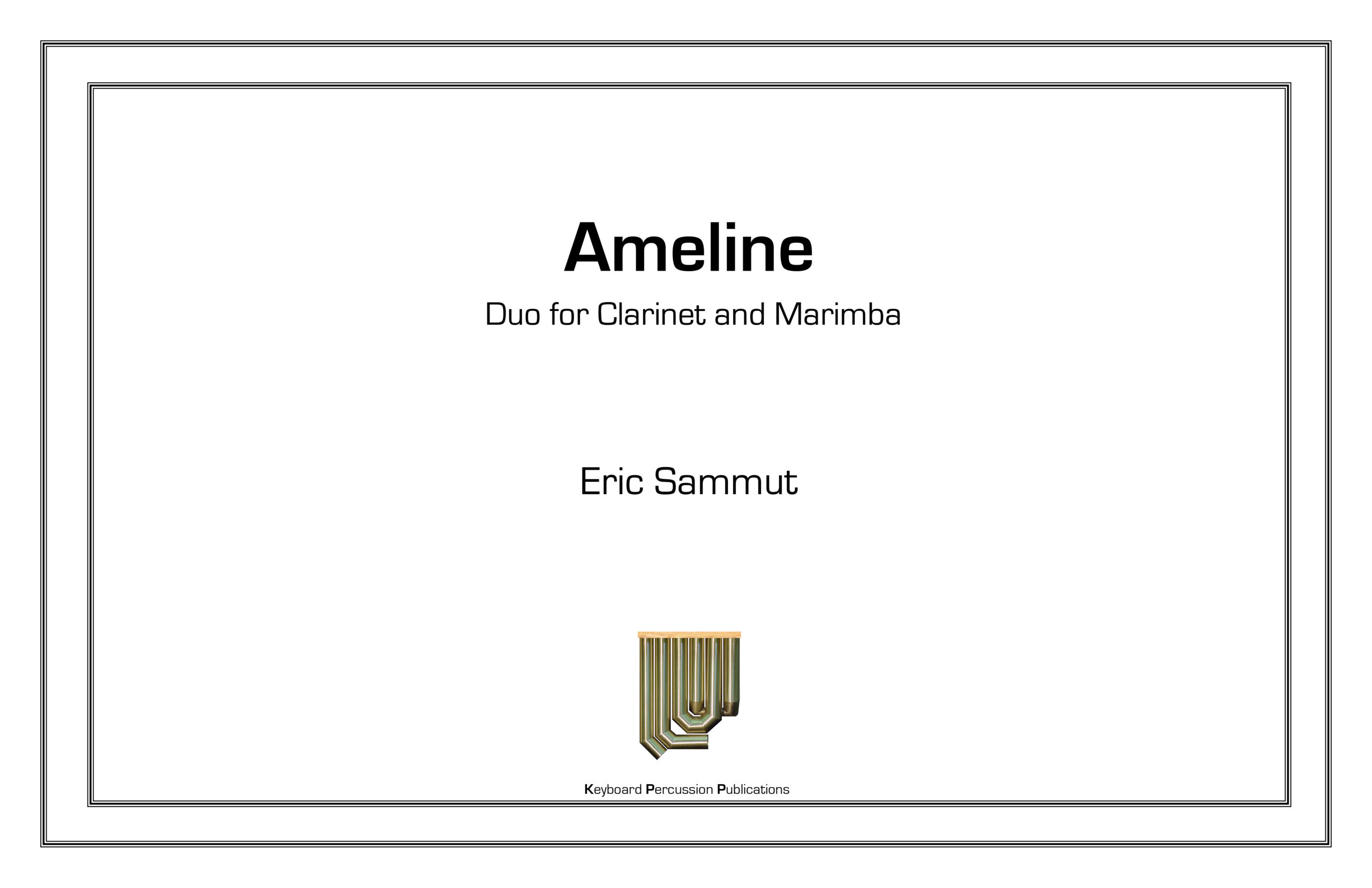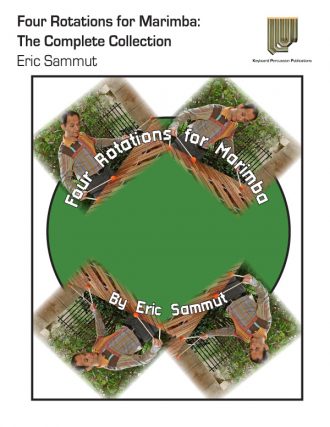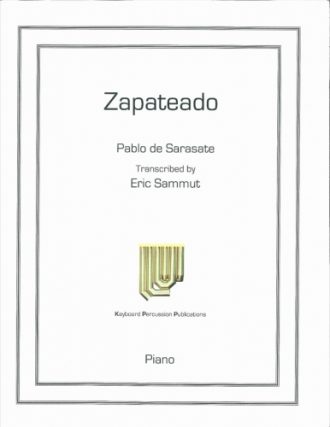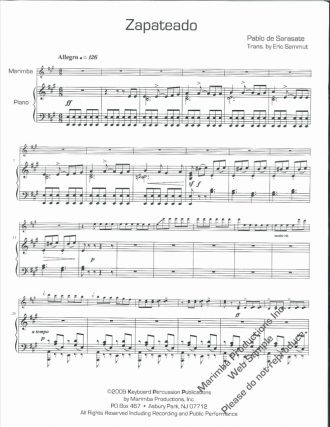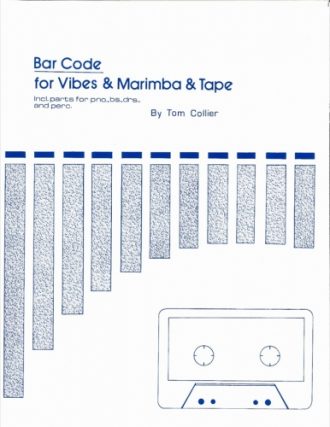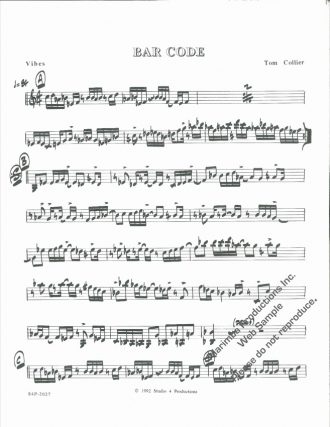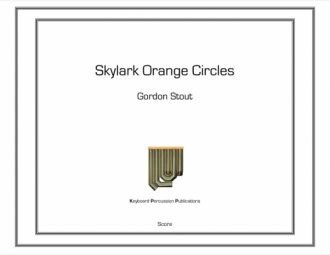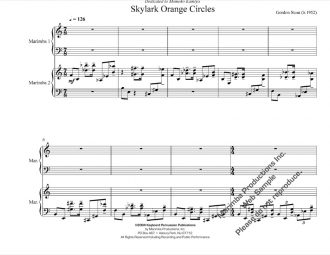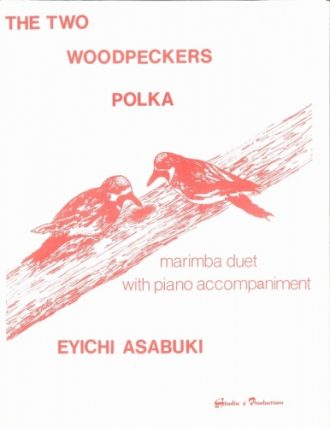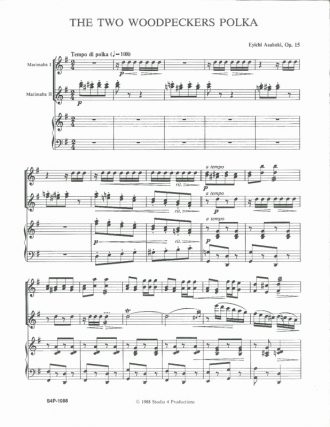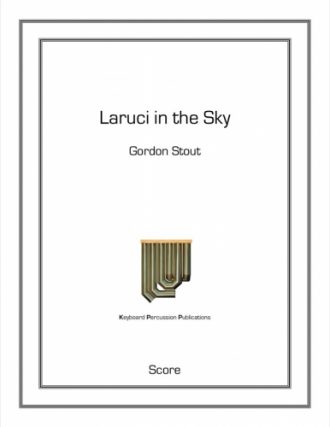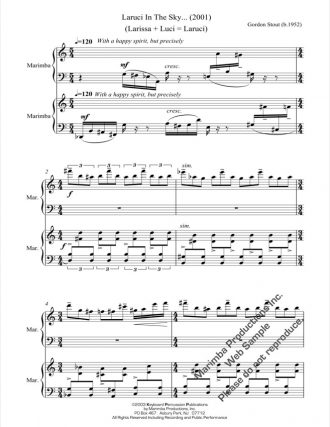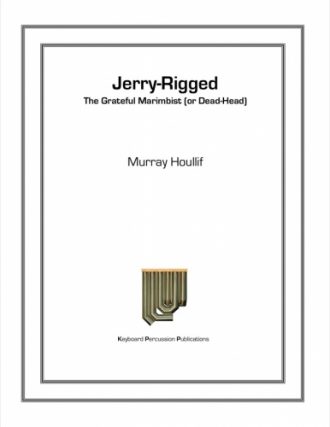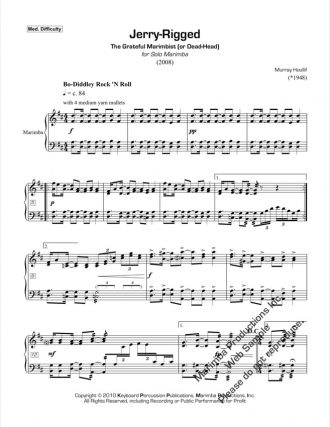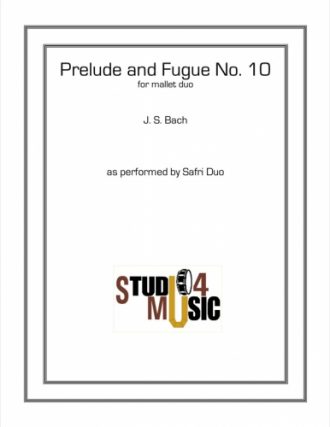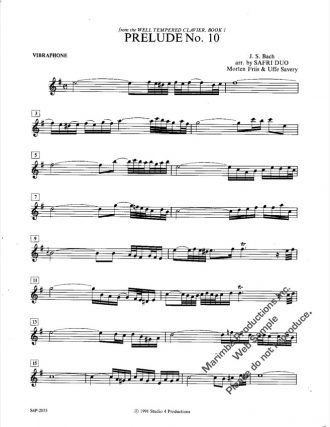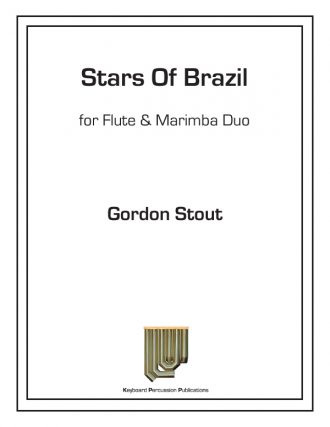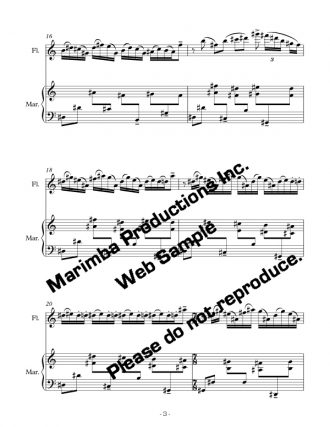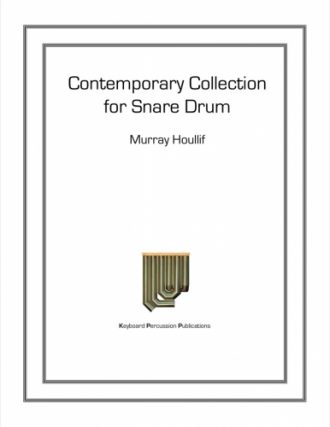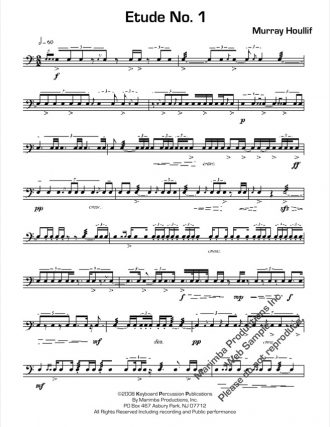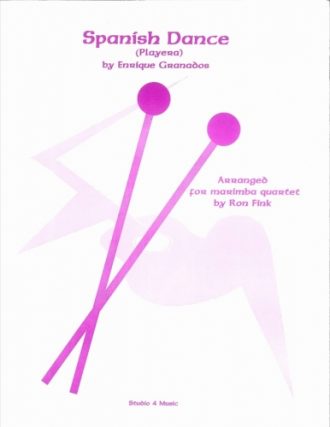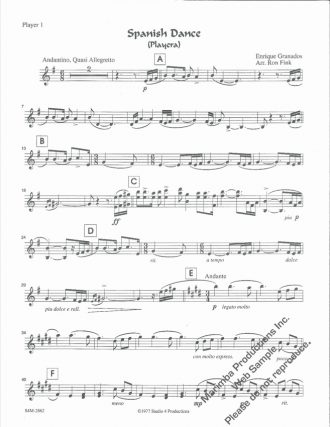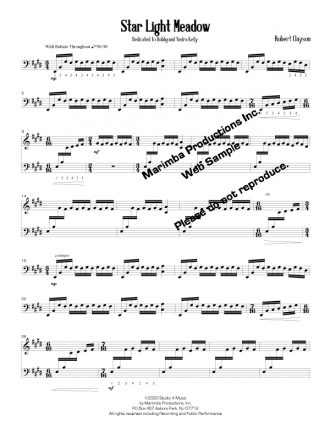Mirages is an original piece written with four movements for vibraphone, marimba, double bass, drums and clarinet/bass clarinet. In the composition I wanted to express four different musical moods and personalities. The first movement has a “cool jazz” feel to it. The second movement has been electronically processed and distorted, which I think expresses an experimental character. The third movement was inspired by a provocative composition by Gary Thomas, a saxophonist. In the fourth movement, I was inspired by the “bluesy flat third” sound that permeates the film score by Bermard Herrmann in Martin Scorsese’s Taxi Driver.
-Eric Sammut
Mirages is featured on Eric Sammut’s CD of the same name: Mirages
Movement I
Movement II
Movement III
Movement IV
This collection of four tunes by Eric Sammut strings together an unlikely cadre of instruments, creating a contemporary jazz combo. Its movements are short impressions — musical vignettes, if you will. The complete suite is no more than 12 to 15 minutes in length. The bassist and drummer appear most often in supportive roles, but do get brief moments to stretch out and “blow” themselves. The marimbist serves as the pianist of the rhythm section, but also gets some notable solos. The most prominent lines go to the vibraphonist and clarinetist, who also have the most extensive, exposed solos.
The drumset part is composed, but Sammut liberates the player with instructions to ad lib as appropriate. Instrumentation is for standard four-piece jazz kit plus triangle, woodblock and cowbell. The score also gives the bass player a similar freedom. Nothing in the vibe or marimba parts is out of the ordinary. In fact, the keyboard parts are easier than many of Sammut’s compositions and arrangements.
“Mirages” was recorded by Sammut and friends on an album by the same name, available on Resonator Records. In the liner notes, he describes his effort to express four different personalities in one composition. The first movement is a foray into “cool jazz.” It’s not quite Miles Davis, but it is relaxed, with straight-ahead changes and melodic unisons between the clarient and vibes. The second movement is a very short chorale for vibes and marimba alone — simple and beautiful. While too brief to stand alone, it could serve as an interlude on a percussion recital. This movement has an experimental sound due to digitally processed sounds on the studio recording.
The third movement apparently draws inspritation from a Gary Thomas composition. I’m not sure which specific tune is quoted considering the Baltimore saxophonist’s extensive discography, but it reminds me of a Bob Mintzer track on a Yellowjackets album. The point of comparison is the predominance of the bass clarinet lines and the driving, funky nature of the rhythm section parts as they weave through shifting meters. The final movement pays homage to the “bluesy” sound of the flat third, and Bernard Hermann’s scoring to the Scorsese film Taxi Driver.
Though inspired by radically different source material, these four short movements create a cohesive listening experience. I can imagine “Mirages” performed for a wide variety of audiencees, but more likely programmed on an eclectic “legit” recital than on a heavy jazz program (though Sammut is a talented improviser). Like much of Sammut’s oeuvre, this piece is creative, accessible and likely appearling to musicians from many different backgrounds.
— Phillip O’Banion, Percussive Notes — July 2017

